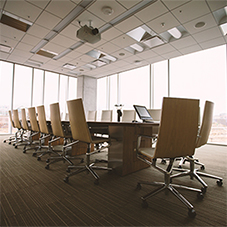With the construction industry as a whole coming together in the aim of becoming more sustainable, many different methods of construction have come to the forefront in recent times. Nowadays, one of the most common choices for new builds is timber frame construction. But what are the things to consider when choosing this ‘in vogue’ method? This blog looks at the pros & cons of using a timber fame, and what factors to take into account before opting for this method.

Firstly, one of the most precious commodities needed on a site is time, and this is where timber frame construction can shine. It is widely recognised to be much quicker to build a timber frame house than it would be building a traditionally built house using brick and block construction. Timber frames can be erected in just a few days, whereas brick and block frames can take a number of weeks to construct because they require time for the mortar and plaster to dry.
One drawback using timber is that it requires a lot of maintenance. As with most things over a length of time if not treated properly, timber can suffer and rot can set in. Timber frames will rot if they have not been built properly or they are exposed to moisture on a regular basis. It is essential you check the quality of the construction before putting the finishing touches in place or seek a professional who can survey it on your behalf. If the construction isn’t damp proofed correctly, moisture can set in and leave your house with cracks and severe damage.

There are current buzz words in construction such as ‘eco-friendly’, ‘green’, with the aim to make new buildings as sustainable as possible to fall in line with current and impending Government regulations. One of the big plus points for timber is that it can be considered a renewable energy source as long as the wood is responsibly sourced, meaning timber frame houses can be eco-friendly. This is in stark contrast to bricks, blocks and concrete, all of which rely on the extraction of raw materials from the earth, which ultimately will run out.
The elements can of course play an unwanted role in construction, and if a terrible event such as a fire did occur in your home, a timber frame house will not withstand it as well as a brick house would. Obviously timber can burn, so make sure if you go down the timber route you are extra careful and vigilant.

When you consider modern methods of construction, it seems clear that using a timber frame is a great way to meet current demands. It can save valuable time on site, with the frame being made in a factory and delivered to the site on a lorry. Furthermore, to combat the risks of rot setting in for example, we are now able to call upon external timber elements, such as cladding and fascia boards, to offer a good level of protection for the frame. All things considered, with the current need to save time and provide efficient buildings in tight deadlines, it seems it is definitely time for timber.
How we are going to solve the current housing crisis in the UK has been a topic for discussion in recent times. Many proposals have been put forward, with political parties giving assurances new homes will be built in great numbers over the next few years. This brings timber frame construction further into focus, as this method could be seen to aid in the speed of getting these new homes built. Timber frame’s inherent strength, durability, sustainability, availability and relatively low cost give it a competitive advantage over other methods of construction.
Related Blog Articles



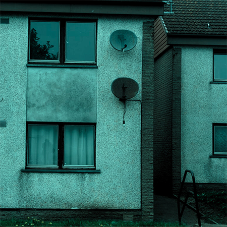
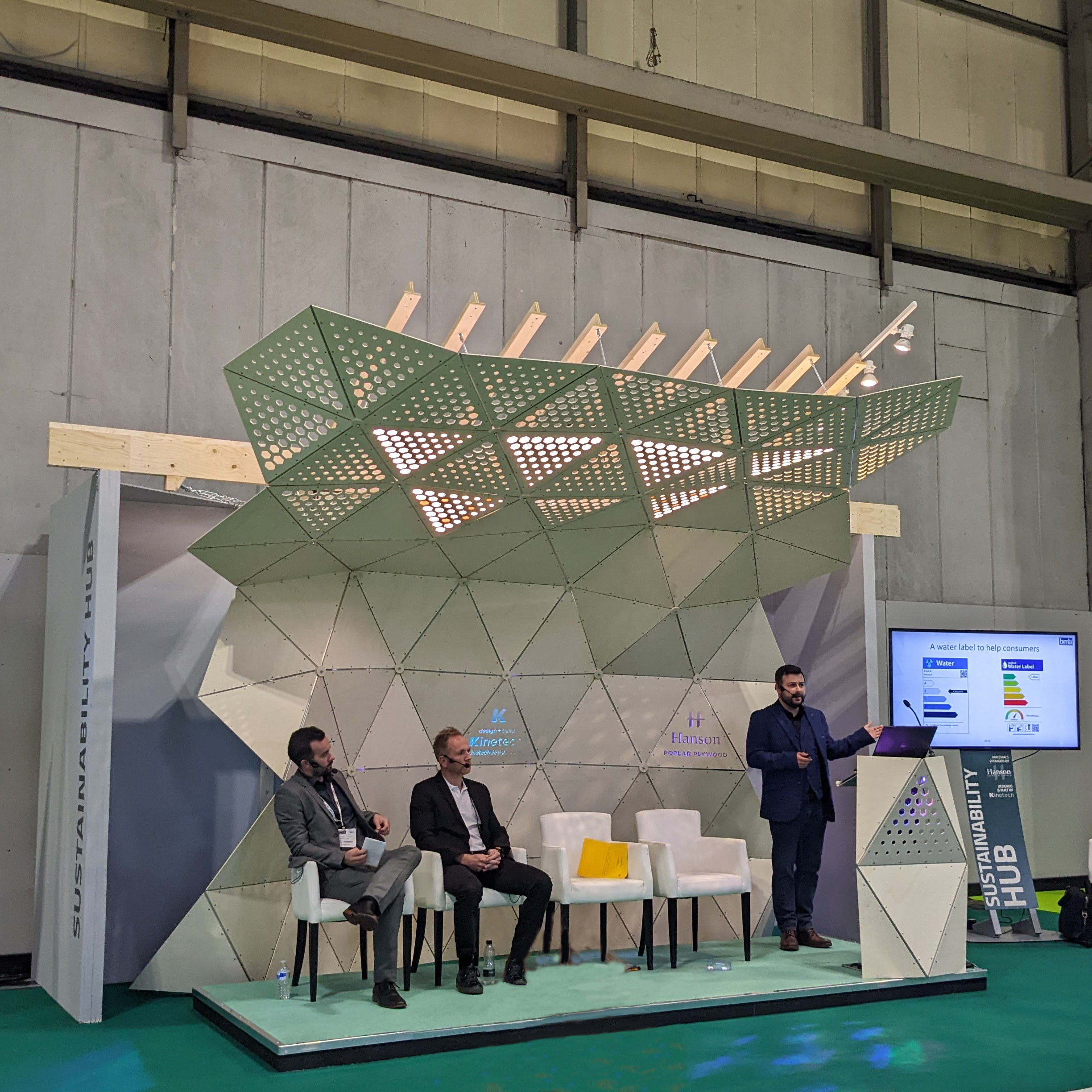


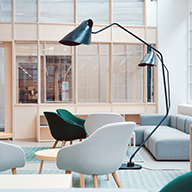
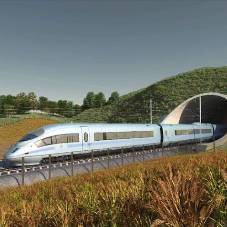
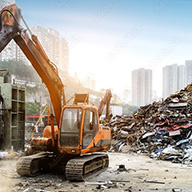



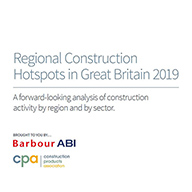
![Residential Sector Market Overview [INSIGHT] Residential Sector Market Overview [INSIGHT]](/20/blogentry/00/05/54/th554.png)
